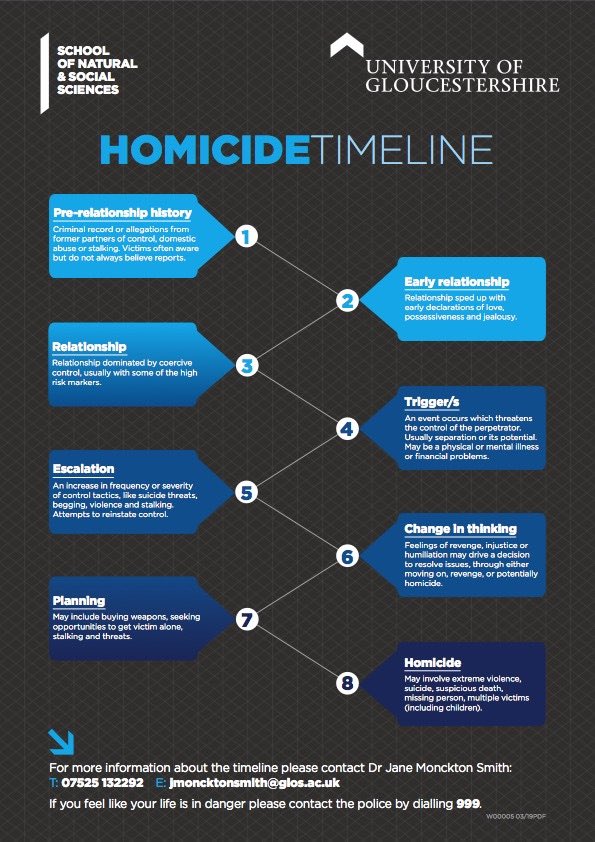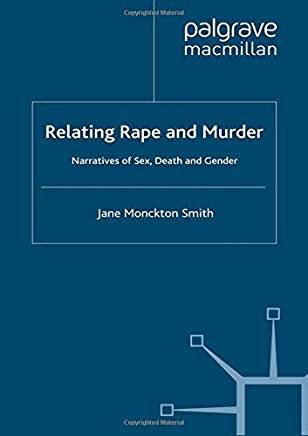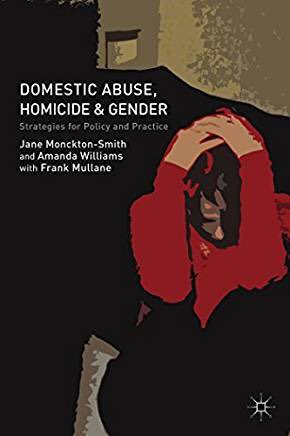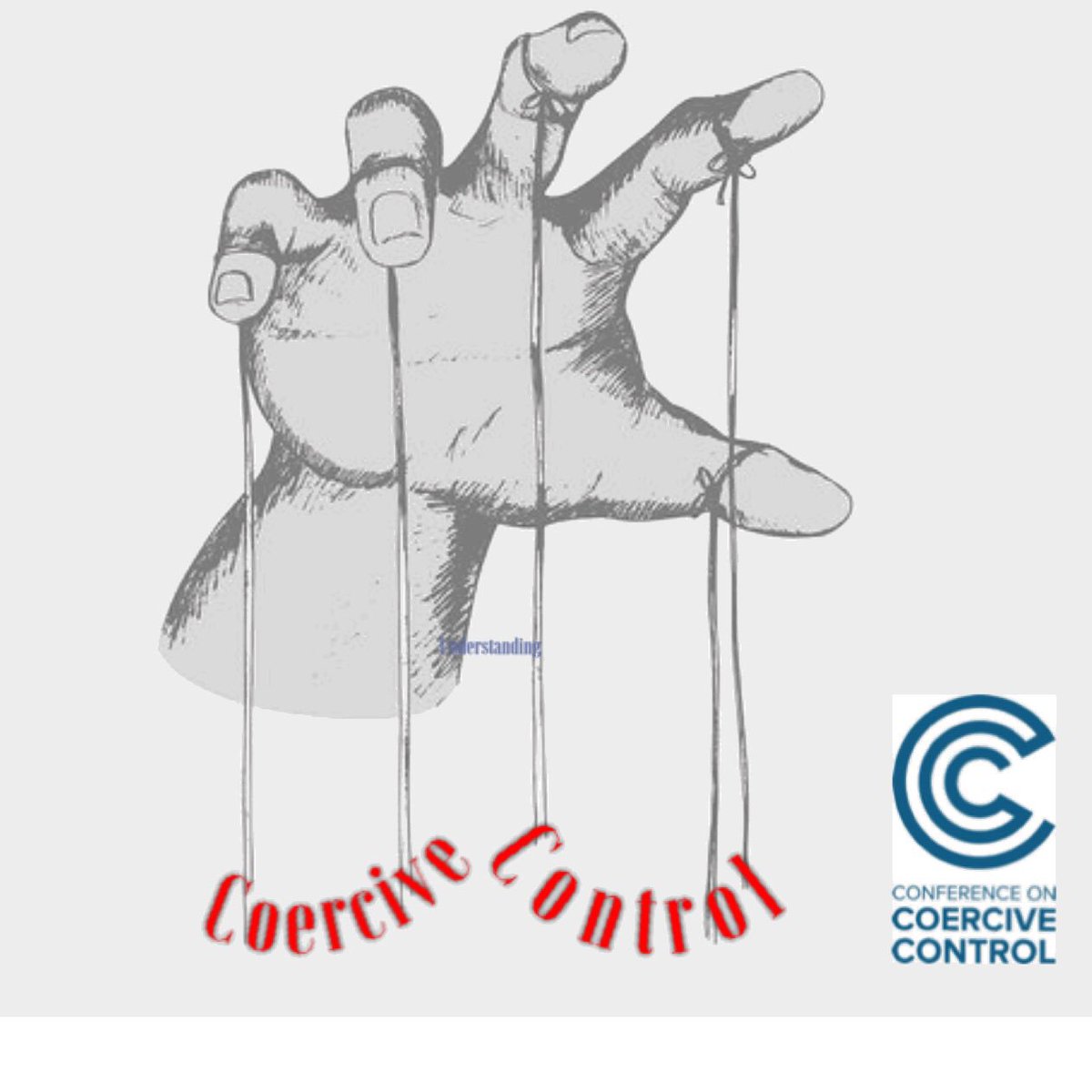Part 17: The Domestic Homicide Timeline by @JMoncktonSmith
This thread is dedicated to research by Dr Monckton Smith, which looks at an 8 stage relationship progression.
THREAD
#UnderstandingCoerciveControl
#coercivecontrol #coercionandcontrol
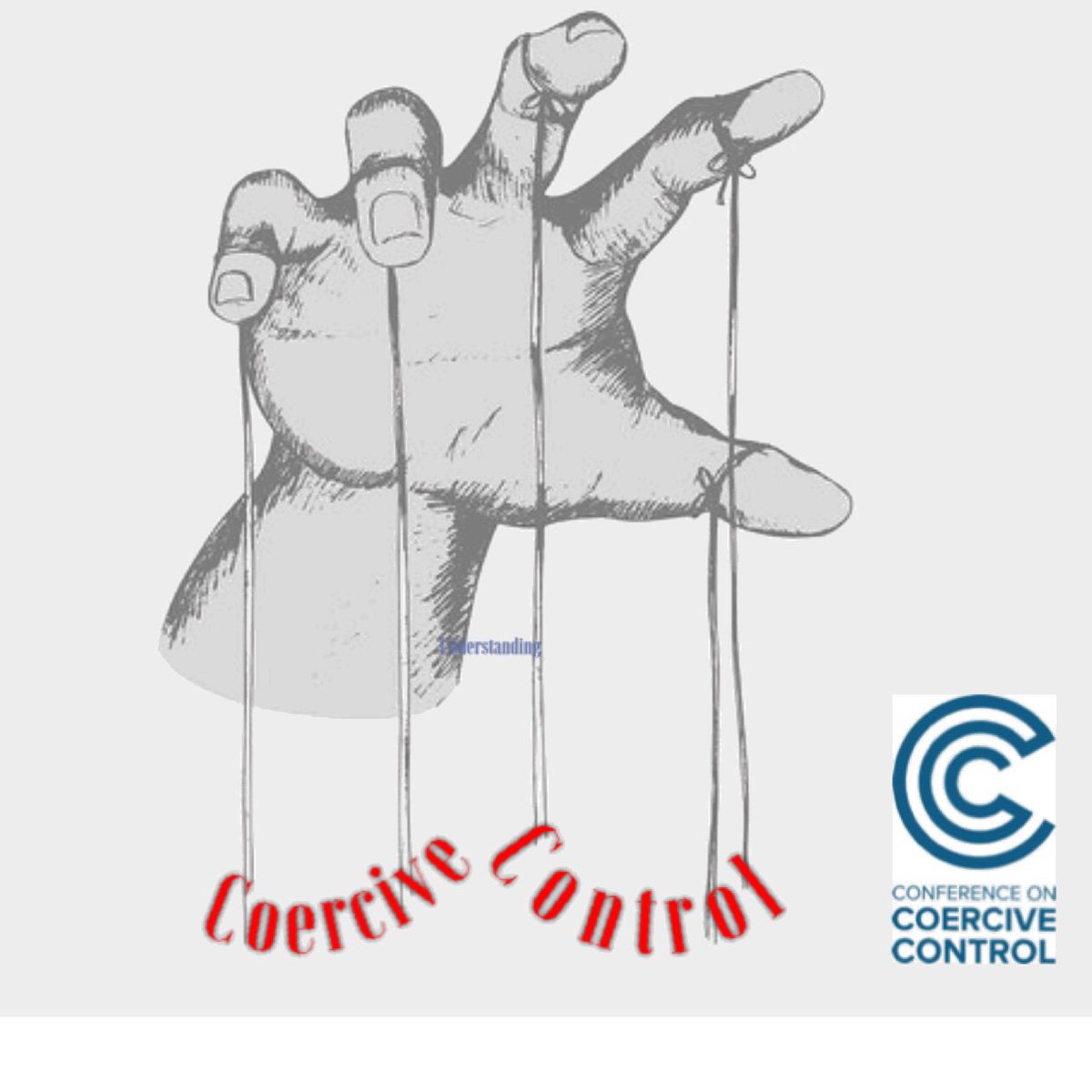
eprints.glos.ac.uk/6896/1/6896%20…
Please read and share to understand about #coercivecontrol and escalation.
(nb: IPF = Intimate Partner Femicide)
as part of a predictable process involving domestic abuse.
2. Crime of passion discourse- represents IPF as a spontaneous incident occurring in response to a proximal provocation and which may or may not involve domestic violence.
A history of domestic abuse is a key risk marker in IPF killers.
A history of domestic abuse is also anecdotally increasingly linked to other homicide categories, notably mass homicides and its association to criminal activity is being recognised.
- Serious Crimes Act 2015, s 76 (UK)
- Domestic Abuse (Scotland) Act 2018
- Domestic Violence Act 2018 (Ireland)
- Protection of Freedoms Act 2012 (UK)
Predicting if, and when, homicide may occur dominates UK police and professional responses to disclosures of domestic abuse and stalking.
Two key risk approaches are taken, especially in triage: an actuarial and a clinical approach.
Police assess the imminence of homicide using a quasi-actuarial approach which identifies/ measures presence of domestic abuse or stalking using Risk Identification Checklists.
Chronologies and temporal sequences are potentially useful in understanding the dynamic nature of risk, and how and when it can escalate.
-Information available about perpetrator’s histories before pre-relationship.
-Previous history of abuse is acknowledged in research to predict future abuse.
This was either:
criminal record/ arrest record for domestic abuse related offending
informal and formal reports from previous partners.
This position, considered a domestic abuse myth, suggests that domestic abuse is situational and provoked.
There was resistance to ‘labelling’ men as abusive because of their histories.
Discourses of coercive control situate problems/ abuse within the perpetrator- will continue same pattern in all relationships
A DVDS disclosure in one case in the sample led to victim being given responsibility for leaving ‘now she had the facts’. There is an expectation that women who are suffering control should just leave.
The data suggested that the way a relationship started, was different to what it would become.
The relationships often started with the perpetrator being attentive, and progressed to possessiveness and control in most cases.
It appeared that normal romantic expectations and activities were present, but speeded up.
A tendency for perpetrators to use possessive language and early declarations of love.
Common for family to note an early change in the routines and behaviours of the victim.
‘she started spending all her time with him, we hardly ever saw her....’
Once commitment is secured, this seems to convey certain gendered rights and responsibilities, and once commitment is given by the female, it cannot be withdrawn.
When the relationship was confirmed and committed, at least some of the high risk behavioural markers were noted in all cases.
The giving of commitment seemed to coincide with rights to control.
Stalking and monitoring patterns were significantly present, sometimes accompanied by paranoia that the woman was being unfaithful.
Following routines was a way of keeping calm in the household, and demonstrating commitment.
A common phrase spoken by victims, ‘it’s not worth the trouble,
‘(she) used to have sex with him to buy (herself) some peace. (she) knew (she) had three weeks’ peace if (she) let him rape (her)’
The reasons given for men killing their partners overwhelmingly revolved around withdrawal of commitment, or separation.
This separation could be real or imagined, or just threatened.
Dominant discourses construct female rejection, infidelity or disloyalty as provocation.
‘ If I can’t have you, no-one can’
The residue of these practices and beliefs are still evident, and reveal them as more than a mere ‘cultural residue’.
Escalation is an increase in frequency, severity or variety of abuse, control or stalking.
Escalation appeared to be an attempt to re-establish control or status.
This could involve a variety of behaviours with perpetrators using a number of tactics.
*crying
*threats of violence
*violence
*stalking
*suicide threats.
Stalking was widespread, especially monitoring and tracking. The stalking focused on intelligence gathering, and in some cases, on instilling fear and anxiety.
The friends didn’t call the police, or tell the victim.
The fact that perpetrators disclosed a criminal behaviour indicates that they expected some kind of passive solidarity and understanding that they were justified.
This was not a cry for the friend to stop him, but for support and solidarity.
This stage seems to occur in or at the end of a period of escalation, and may be a response to perceived irretrievable loss of control and/or status.
The idea that homicide may be a possibility, may occur at this time.
identifiable stage. Stalking risk establishes that ‘last chance thinking’ may characterise this stage where homicide risk escalates.
Indicators or evidence of planning were often discovered after the homicide.
Some indicators showed written plans around how the killing would happen, and some were evidence of creating opportunities for the killing to happen.
The final stage is the homicide itself and this may involve extreme levels of violence (even in previously non-violent people) where the level of violence used appears to have no direct relation to the level of violence evidenced in the relationship.
and give @JMoncktonSmith a follow.
More info can also be found on:
janems.blog
